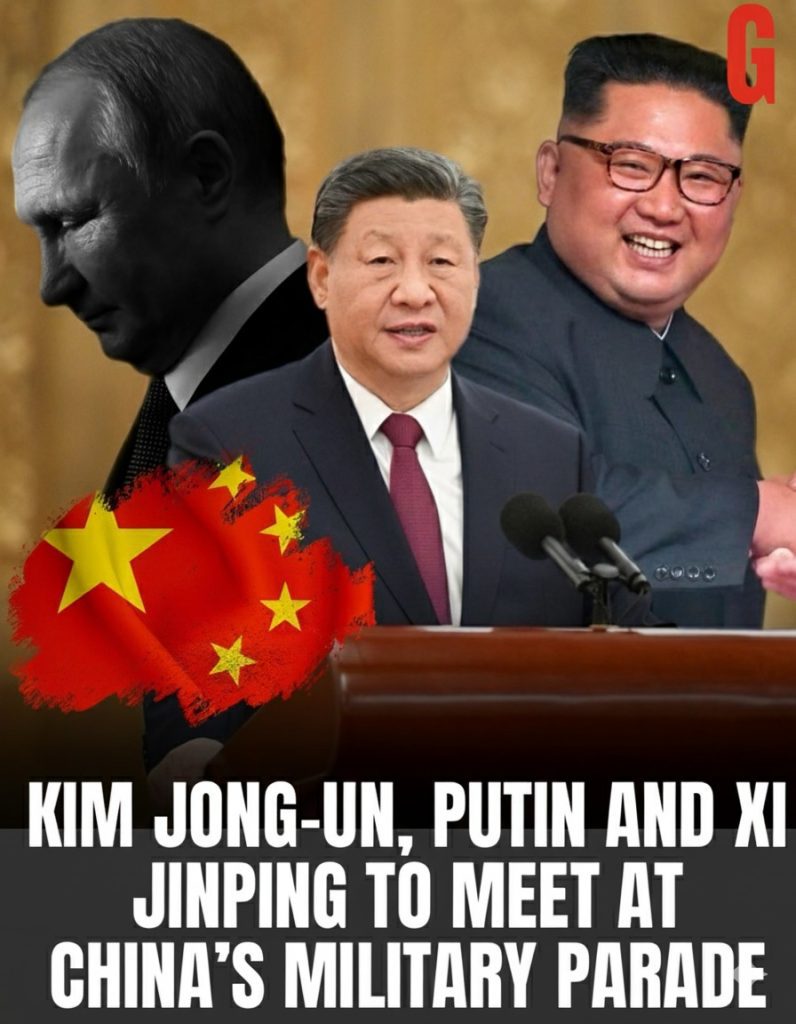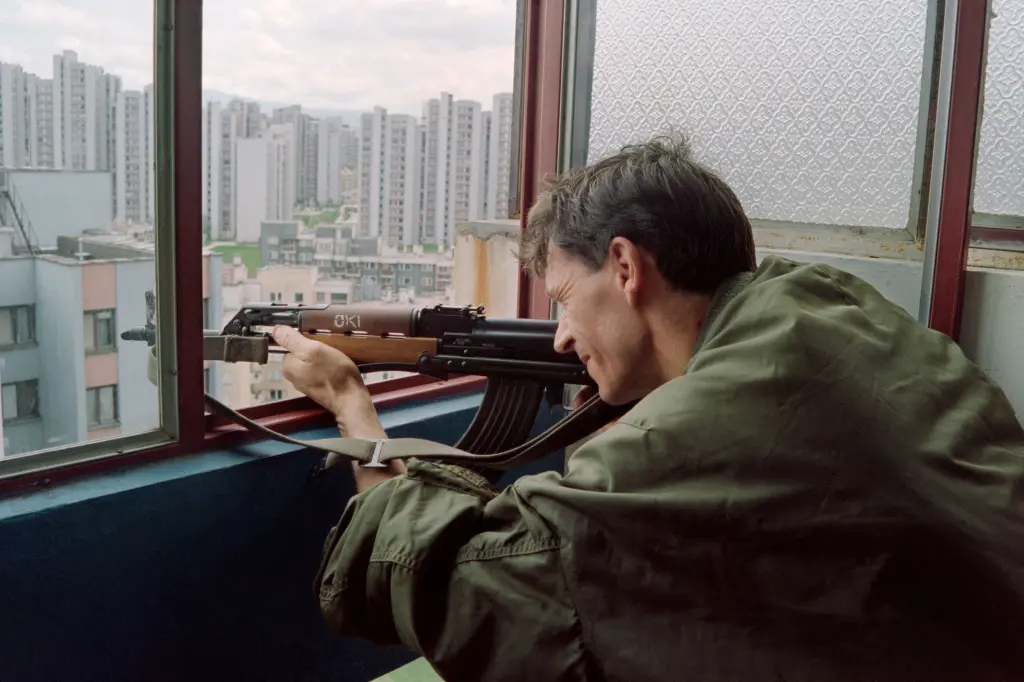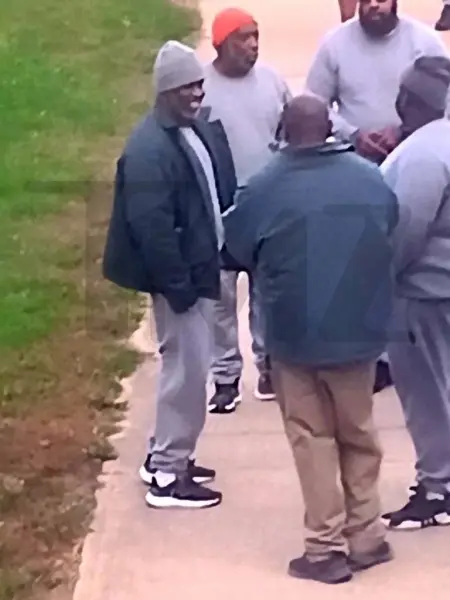How China’s September 3 Military Parade Became a Stage for Xi, Putin, and Kim Jong-Un in an Unmissable Global Moment
On September 3, 2025, Beijing will host a military parade that feels less like a simple commemoration and more like a message written across the global stage. The date marks the 80th anniversary of the end of World War II in Asia, a moment tied to both victory and loss, remembrance and power. But what makes this year’s parade stand out is not just the occasion—it is who will be there. Xi Jinping, Vladimir Putin, and Kim Jong-Un will stand side by side, the first time all three leaders appear together at an event of this scale.
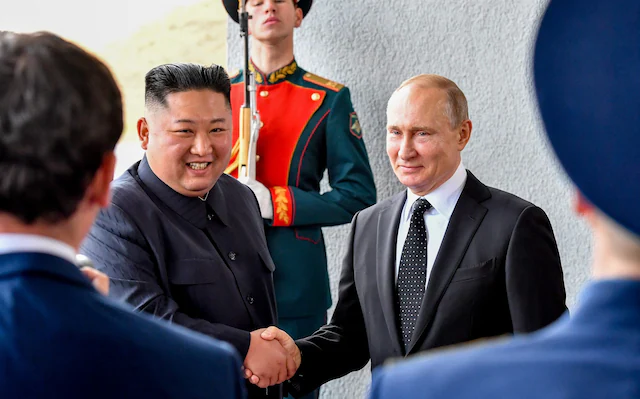
The scene will unfold in Tiananmen Square, where China has staged parades for decades. Soldiers will march in perfect synchrony, armored vehicles will rumble across the wide avenues, and jets will cut patterns into the sky above. The People’s Liberation Army is expected to reveal its latest advances, from hypersonic weapons to swarms of unmanned drones. Cameras will capture every moment, each frame carefully choreographed to show discipline, strength, and confidence. For China, this is not only about remembering the past but about projecting the future.
Yet the symbolism goes beyond the military display. Putin’s presence is significant. Russia, strained by war and sanctions, is turning increasingly toward Asia for partnerships. His appearance at the parade, just days after the Shanghai Cooperation Organization summit in Tianjin, is meant to show that Moscow still has allies willing to stand visibly at its side. On Xi’s other hand will be Kim Jong-Un, whose rare trip outside North Korea underscores a desire for recognition and solidarity. Together, the three leaders form a tableau of defiance, a signal that they are writing their own narrative in a world dominated by Western voices.
The timing matters, too. The absence of Western leaders at this anniversary speaks almost as loudly as the presence of Xi, Putin, and Kim. In the carefully staged optics of the parade, the empty seats from Europe and America will not be seen, but their silence will echo in the background. It is a reminder that international alignments are shifting, and that in this moment, Beijing is placing itself at the center of an alternative vision of global order.
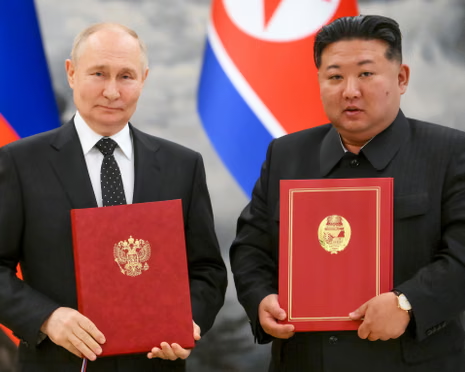
For the Chinese public, the event will be shown as both a patriotic commemoration and a proud unveiling of military power. The story will be one of victory over fascism, continuity of strength, and unity with allies who share resistance to outside pressure. For global viewers, the image may resonate differently. It feels like the crystallization of a bloc—China, Russia, and North Korea standing shoulder to shoulder, connected not by geography but by circumstance, history, and strategy.
What makes this gathering feel so weighty is not just who is present but what it represents. Each leader comes with his own pressures: Putin under sanctions and conflict, Kim under isolation and economic strain, Xi under rising competition and suspicion from the West. Yet together, they form an image of resilience. It is a message that says: we do not stand alone, and we are prepared to show the world our unity in the most public way possible.
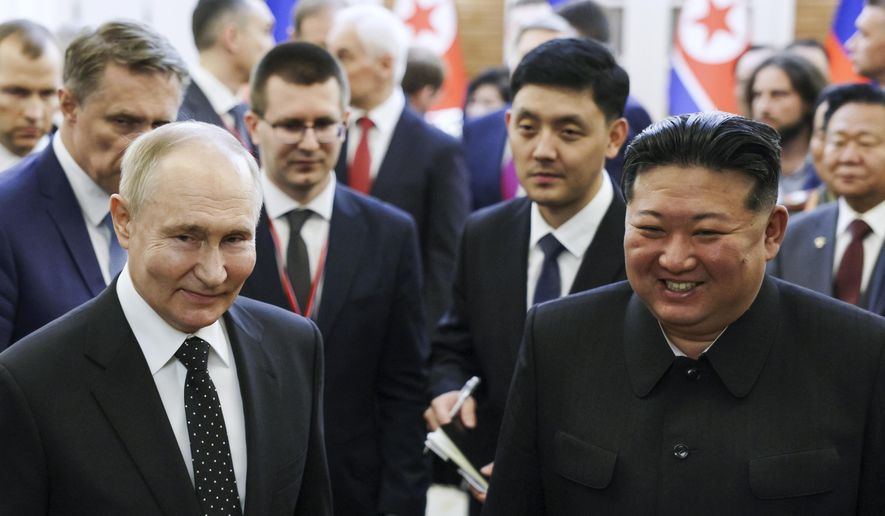
Watching this unfold, one cannot help but feel that history and the present are colliding in Beijing’s streets. The echoes of 1945 mix with the realities of 2025. The ghosts of war are remembered, but the parade is not just about the past—it is about the balance of power today and the uncertain future ahead. Whether this will be remembered as a turning point or simply another carefully staged performance remains to be seen. But the sight of Xi, Putin, and Kim standing together is not something the world will easily forget.
